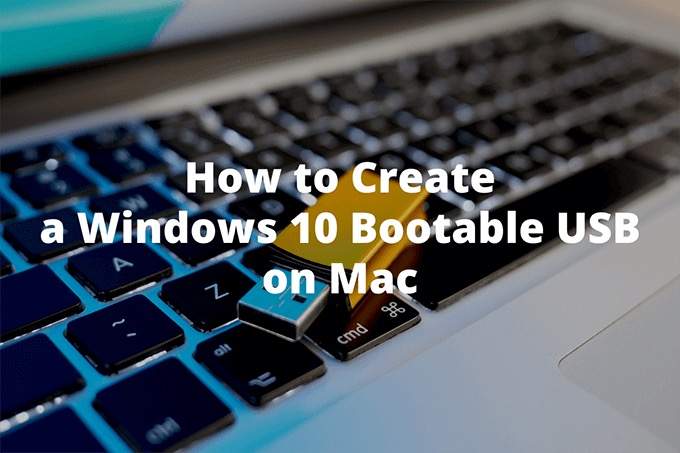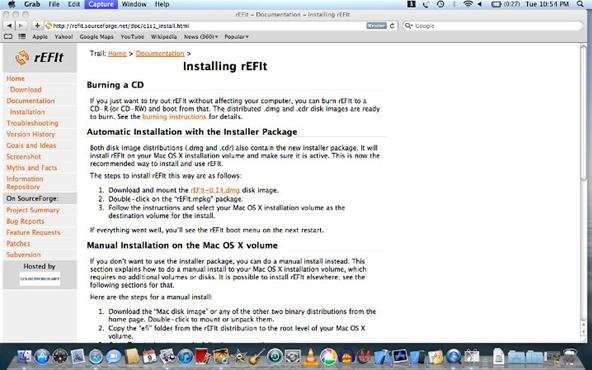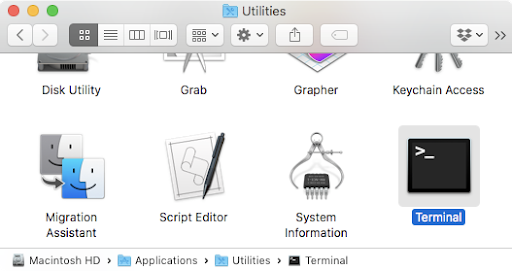
- Usb flash drive waiting for partitions to activate mac mac os x#
- Usb flash drive waiting for partitions to activate mac update#
- Usb flash drive waiting for partitions to activate mac full#
- Usb flash drive waiting for partitions to activate mac password#
- Usb flash drive waiting for partitions to activate mac mac#
Copy your FileVaultMaster recovery keychain from the safe place your institution stored it in to a drive that you can access from Recovery HD. Here’s how you can unlock the encryption using an institutional recovery key with FileVaultMaster.keychain: 1. Once you’ve unlocked the drive, you should also be able to unencrypt it using this command: diskutil corestorage revert UUID -passphrase recoverykey Using FileVaultMaster.keychain on the command line At this time, it’s only possible to unlock or decrypt from the command line if you’re using a institutional recovery key that’s been set with FileVaultMaster.keychain. You should see output similar to that shown below. To unlock: diskutil corestorage unlockVolume UUID -passphrase recoverykey If successful, the drive will unlock and mount. The commands are mostly the same, but instead of using the -stdinpassphrase flag, you instead use -passphrase and enter the recovery key.
Usb flash drive waiting for partitions to activate mac password#
Using the FileVault 2-generated individual recovery key on the command line If you don’t have the password of any of the authorized accounts and you are not using an institutional recovery key with FileVaultMaster.keychain, you can use the FileVault 2-generated individual recovery key instead. In Disk Utility, it should appear as a normal hard drive. Once the drive has been completely decrypted, it will no longer be listed as a CoreStorage volume by diskutil corestorage list. To help identify the decryption status, I’ve highlighted the relevant sections to check in the list. To track its progress, you can use the diskutil corestorage list command. Once provided, decryption of the encrypted volume will begin. To decrypt: diskutil corestorage revert UUID -stdinpassphrase You’ll be prompted for the password/passphrase of an account that’s authorized to unlock the encryption. Once you’ve unlocked the disk, you can then revert it back from being an encrypted volume. If successful, the drive will unlock and mount. Using the password of an authorized account on the command line To unlock: diskutil corestorage unlockVolume UUID -stdinpassphrase The -stdinpassphrase flag will cause the command to prompt you for the password/passphrase of an account that’s authorized to unlock the encryption. To help identify what you’re looking for, I’ve highlighted the UUID of the encrypted drive in this example: Once you have the UUID, you can then either unlock or unencrypt the encrypted volume using the following commands.

You can now see the different USB drives attached. And select USB from the Hardware section.
Usb flash drive waiting for partitions to activate mac mac#
Select About This Mac from the Apple menu in the top-left corner, click on System Report.
Usb flash drive waiting for partitions to activate mac full#
It turned out that I first had to create a GUID Partition Table (GPT) on it to use the full capacity. To start with, you will need to identify the Logical Volume UUID of the encrypted drive using the diskutil corestorage list command: diskutil corestorage list Running that command will give you a listing of all Core Storage volumes.

Usb flash drive waiting for partitions to activate mac update#
Update – August 11, 2014: Problems have been found when decrypting from Mavericks’ Recovery HD. Update – April 27, 2014: If you are working with a Fusion Drive, do not use the decryption instructions included with this post.
Usb flash drive waiting for partitions to activate mac mac os x#
Update – June 11, 2013: As of Mac OS X 10.8.4, you will need to unlock the encrypted volume first, then you will be able to decrypt it. In order to make sure it all works, I recommend that you use the Recovery HD partition or the Recovery HD partition cloned onto an external drive. However, the file system is not supported by many older systems.In addition to, you can also use the command line to unlock or decrypt a FileVault 2-encrypted drive. In theory, data capacity of up to 2 TB is possible, but Microsoft has limited the partition size in newer systems to 32 GB in order to promote the modern NFTS format.ĮxFAT is a further development of FAT that in principle offers unattainable storage and data capacity. The maximum data size is limited to 4 GB in the latest version FAT32. It is not supported by many applications.įAT is a file system developed by Microsoft that is also supported by Linux and macOS. Mac OS Extended (Journaled) with the addition that the file system can differentiate between upper and lower case (e.g.


HFS+ or Mac OS Extended (case-sensitive and journaled) Windows/Linux devices are only able to read but not write on USB sticks in this format. A file system developed by Apple that is particularly suited to data media with large memory capacity.


 0 kommentar(er)
0 kommentar(er)
